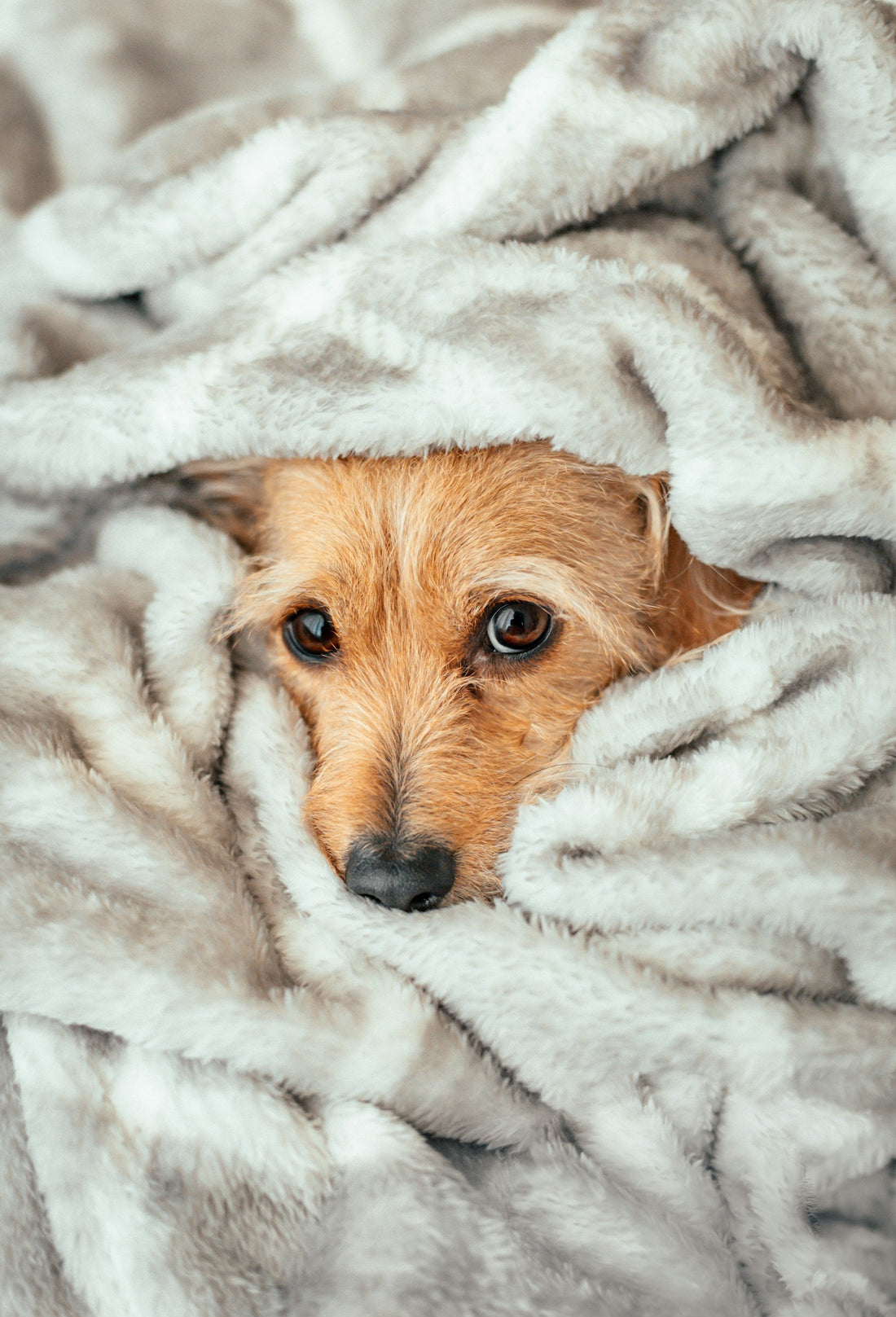
Why Some Dogs Feel Colder Than Others
Share
Just like us, some dogs are more sensitive to the cold than others. While a fluffy Malamute might be living their best life in chilly weather, a lean, short-coated dog (looking at you, Greyhound gang) might be doing the full-body shiver just stepping outside for a quick wee.
At Droggo, we believe that a comfortable dog is a happy dog, and that thriving dog-human relationships start with meeting our dogs’ basic needs. Temperature regulation is a big one, especially in colder months or for dogs that just don’t handle cold weather well.
So, why do some dogs feel the cold more than others? And how can we help them stay warm, cozy, and content?
🧬 Why Some Dogs Feel the Cold More
Not all dogs are built the same. Here are a few reasons why your pup might be more sensitive to chilly weather:
-
Short coat or no undercoat – Breeds like Whippets, Greyhounds, Staffies and Chihuahuas have little natural insulation.
-
Lean body types – Less body fat means less internal warmth.
-
Age – Puppies and senior dogs are more vulnerable to temperature changes.
-
Size – Smaller dogs tend to lose heat faster than larger dogs.
-
Health issues – Conditions like arthritis can flare up in the cold, making your dog feel stiff and uncomfortable.
🧥 How You Can Help
If your dog starts doing the “cold shuffle” or hesitates to leave the warm house, here’s how you can support them:
1. Layer Up
Dog coats aren’t just for fashion, they’re functional. Look for jackets that cover the chest and back, especially for thin-coated breeds. For very cold days, layering a warm jumper under a water-resistant outer layer can do wonders.
Tip: Make sure the fit allows full movement and doesn’t rub. A good coat should feel like a hug, not a straight jacket.
2. Warm Bedding
A raised bed, blankets, or a thermal mat can help keep your dog off cold floors. Position their sleeping spot away from drafts and tiles.
3. Shorter Walks, More Often
When it’s freezing, swap long adventures for shorter, more frequent outings. Keep your dog moving to stay warm but don’t overdo it, frosty wind can sting paws and ears.
4. Indoor Activities
Cold days are a great excuse to build your dog’s brain muscles. Try training games, treat puzzles or indoor scent work to keep them fulfilled while staying toasty.
5. Paw Care
Cold, dry weather can crack paw pads. Check them after walks, especially if you're near salted roads. You can apply a dog-safe balm to keep them protected and moisturised.
❄️ Know When It’s Too Cold
As a general rule, if you’re cold, your dog probably is too, especially if they’re curled up in a tight ball or shivering. Keep an eye out for:
-
Trembling or hunching
-
Reluctance to go outside
-
Cold ears or paws
-
Whining or trying to climb onto you for warmth (cute, but also a sign they’re freezing!)
Your Dog's Comfort Matters
We’re all about deepening the relationship between dogs and humans. That starts with understanding and empathy, even when it’s just about helping them stay warm through winter.
Stay warm out there (and don’t forget to bring a coat for your dog and yourself).